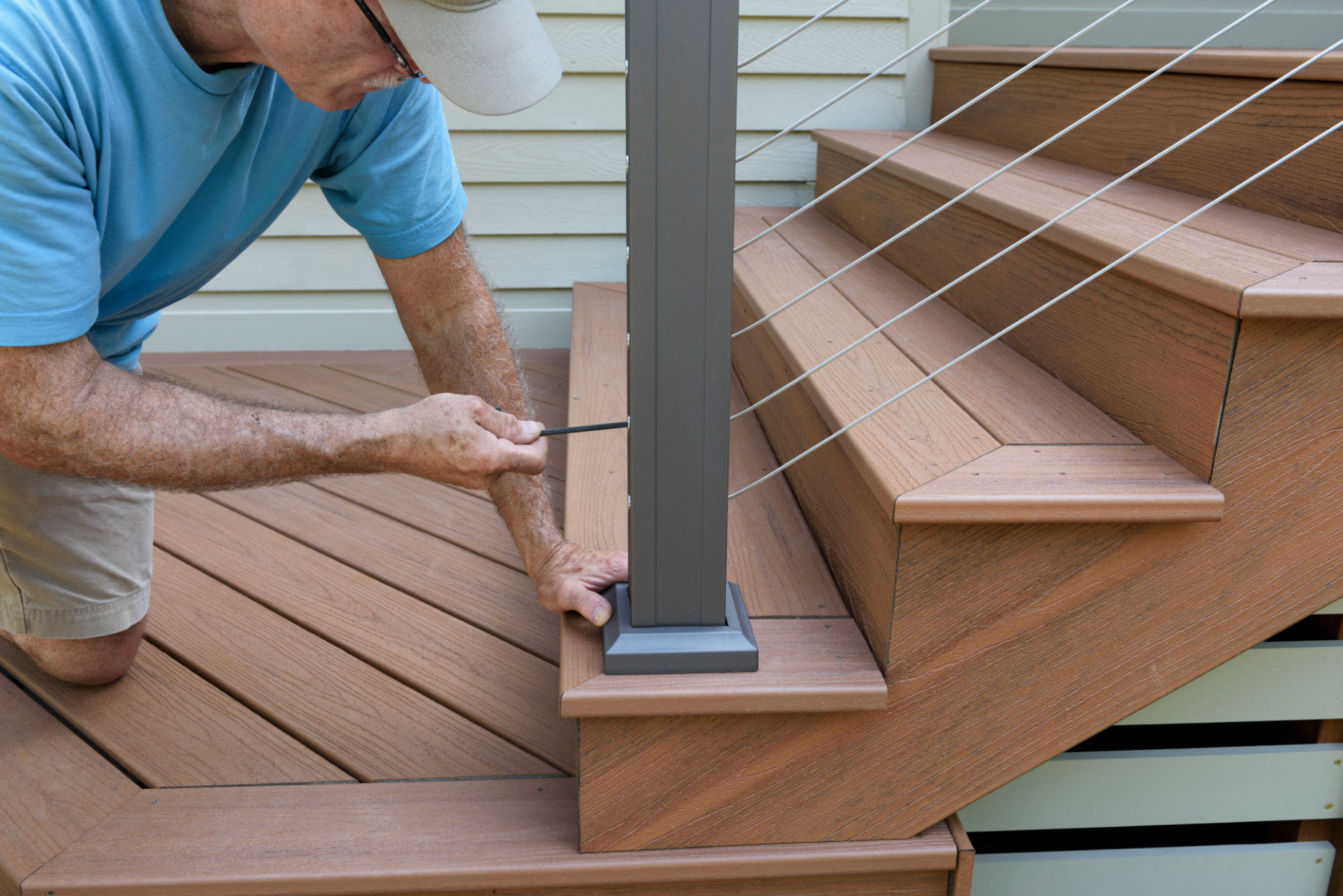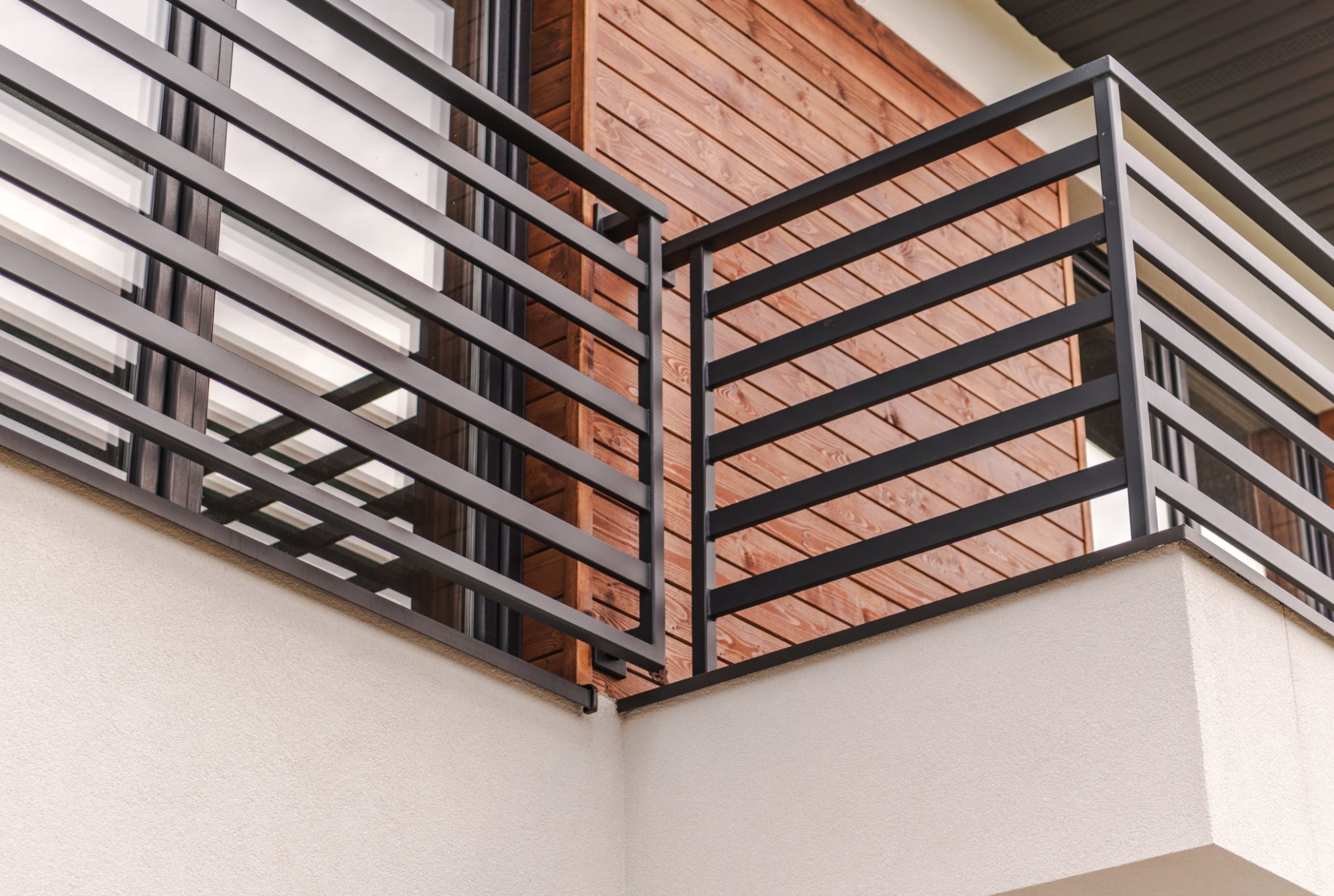Railing Installation Guide: Enhancing Safety and Aesthetics
Introduction to Railing Installation
Railing installation is a vital aspect of both residential and commercial construction projects. Not only do railings enhance the aesthetics of a property, but they also play a crucial role in ensuring safety. Whether you're adding a new deck, staircase, or balcony, understanding the basics of railing installation can help you achieve a secure and visually appealing result.

Choosing the Right Materials
The first step in any railing installation project is selecting the appropriate materials. Common options include wood, metal, glass, and composite materials. Each type offers distinct advantages and disadvantages. For instance, wood railings bring a classic look but require regular maintenance, while metal railings offer durability and a modern aesthetic. It's essential to consider factors like climate, budget, and design preferences when making your choice.
Wood Railings
Wood railings are popular for their natural beauty and versatility. They can be painted or stained to match any decor. However, wood is susceptible to weather damage and requires regular upkeep to prevent rot and decay.
Metal Railings
Metal railings, including aluminum and wrought iron, are known for their strength and longevity. They offer a sleek appearance and can withstand harsh weather conditions with minimal maintenance. Metal railings can be more expensive but are a worthwhile investment for long-term durability.

Installation Process
Proper installation is critical to ensure that your railings are both safe and aesthetically pleasing. The process typically involves measuring the area, preparing the surface, and securely attaching the railing components.
Measuring and Planning
Accurate measurements are essential for a successful installation. Begin by measuring the length of the area where the railing will be installed, as well as the height requirements based on local building codes. Proper planning will help you avoid costly mistakes and ensure a smooth installation process.
Preparing the Surface
Before installing the railing, make sure the surface is clean and level. This might involve sanding down rough spots or repairing any existing damage. A solid foundation is crucial for the stability of your railings.

Safety Considerations
When installing railings, safety should always be a top priority. Ensure that all components are securely fastened and that the railing height complies with local building codes. Additionally, regularly inspect the railings for signs of wear or damage to maintain their integrity over time.
Enhancing Aesthetics
Beyond safety, railings can significantly enhance the visual appeal of a space. Consider adding decorative elements such as balusters or post caps to personalize your design. Choose finishes that complement the overall style of your property for a cohesive look.

Maintenance Tips
To keep your railings looking their best, regular maintenance is necessary. For wooden railings, this might mean seasonal sealing or painting. Metal railings can benefit from occasional cleaning to prevent rust or corrosion. By taking care of your railings, you ensure they remain safe and attractive for years to come.
Conclusion
Installing railings is an excellent way to enhance both safety and aesthetics in any space. By selecting the right materials, following best practices for installation, and maintaining your railings over time, you can enjoy a beautiful and secure environment. Whether you're a DIY enthusiast or hiring professionals, understanding these key aspects will lead to successful railing projects.